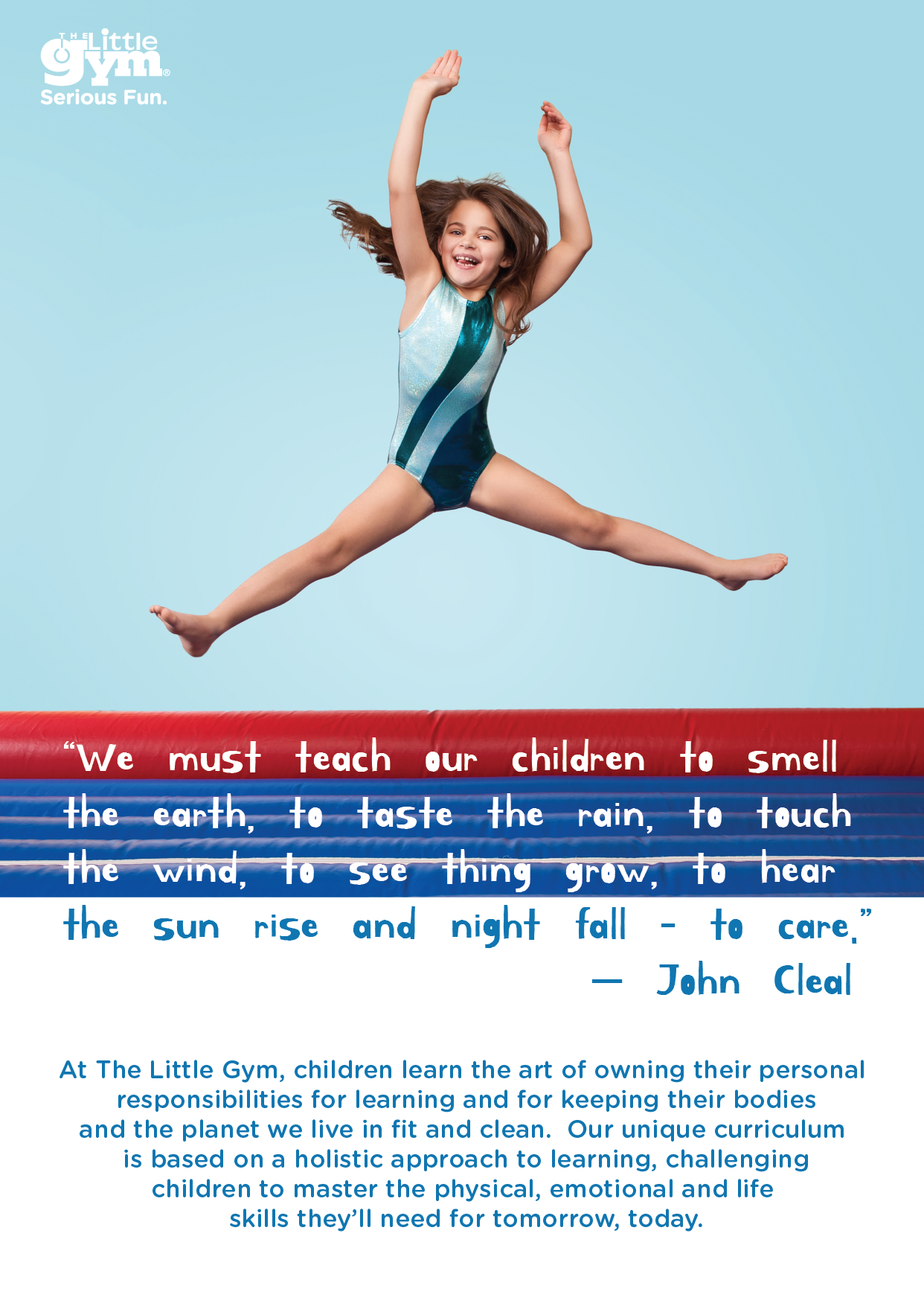As children play with toys, their whole world shapeshifts to another dimension in their imagination. The bed becomes a vast sea and cushions the ships. The sheets become their forts and the teddy bears mighty steeds!
All this might sound like child’s play, but would you believe that he actually develops his social, behavioural, and decision-making skills while he plays?
Sally Goddard Blythe, director of The Institute for Neuro-Physiological Psychology at Chester, and author of The Genius of Natural Childhood: Secrets of Thriving Children says, “This kind of play allows children to tap into their creativity and really run with it, without any boundaries: in a way that’s very freeing.”
Imaginative play- or make-believe as it is sometimes referred to- occurs when a child role-plays experiences of interest. E.g., Playing ‘school’ with their toys. Children may engage in imaginative play alone or with others. There are several benefits that imaginative play contributes to a child’s development.
Imaginative play fosters creativity by providing a safe space for children to act out scenarios of their choosing, including situations that they may not be able to experience in real life. For example, a 5-year-old who cannot go to a restaurant without her parents can, through imaginative play with her friend, create a pretend tea party they can both enjoy at home.
It promotes physical development in a fun way. Activities such as fitting a doll’s arms through her jacket’s sleeves are great for hand-eye coordination, as is learning to move and control her hands in different ways. Galloping around on pretend horses helps with gross motor development and coordination.
Providing an opportunity for kids to practise, imaginative play develops their language and social skills by being with and talking to other children. It boosts the development of problem-solving and self-regulation skills.
Finally, it gives parents a fun way to teach positive behaviour to their kids. Parents can introduce situations to play to create “incidental learning” opportunities. For example, when showering their doll, the parent might ask the child questions (e.g. “what happens next?”), make comments (“the water is nice and warm”), and discuss dilemmas (“Oh no, Dolly ran out of soap!”). These teach the child critical functional skills and the ability to work through tricky situations with guidance.

